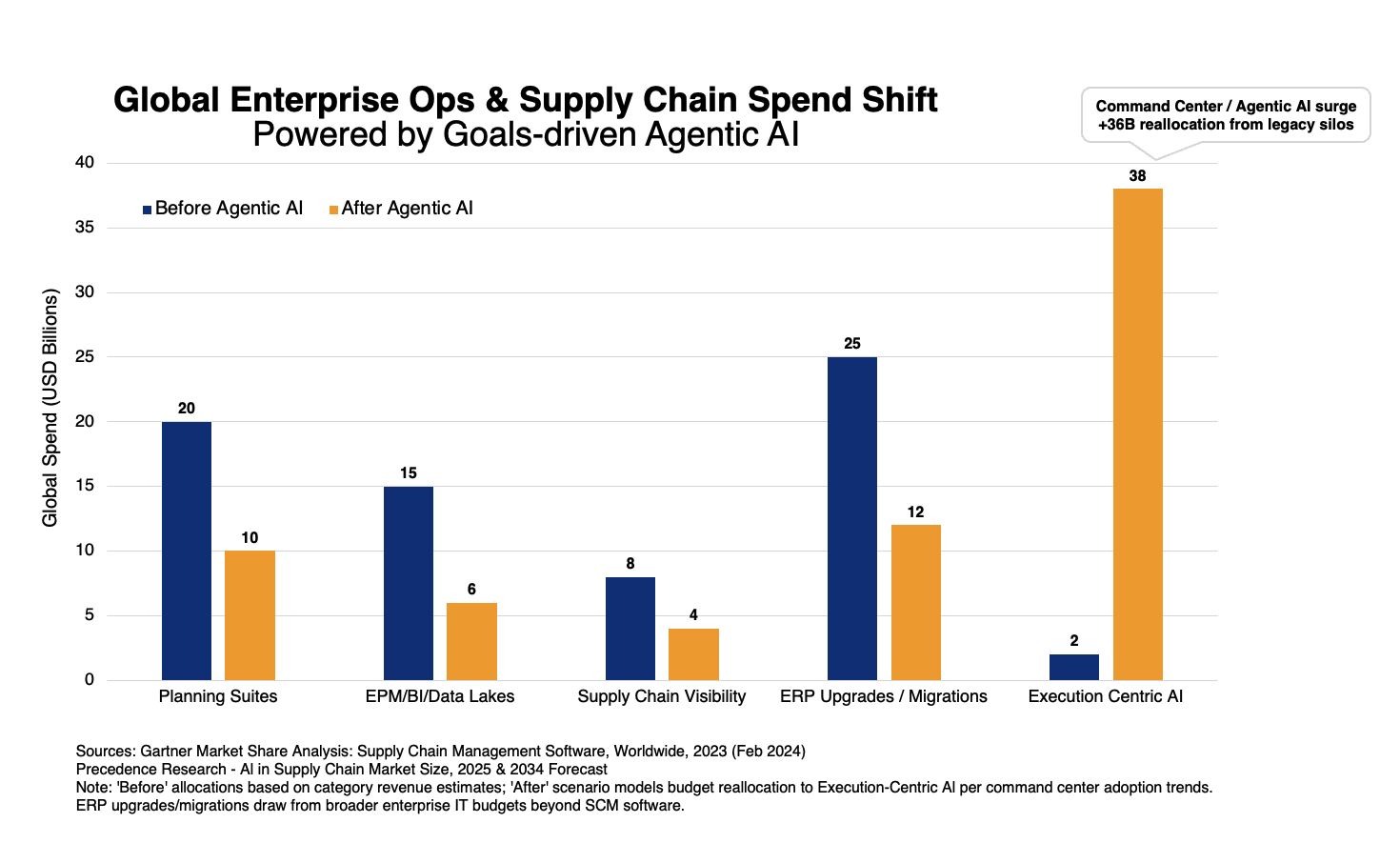Rapid Operations Reconfigurability
Is your enterprise able to respond rapidly to geopolitical situations and global event that require changes to operational processes? Learn how configurability with an Operations Management System can help enterprises easily establish new processes to adapt to changes in the market.
If you are an operations manager, you are well aware that operations in a global context is complicated and unpredictable. With so many moving parts, stakeholders, variables and changes by the minute, the journey across the globe from Point A to Point B to the destination can seem like a crazy endeavor - until it gets even crazier.
Geopolitical circumstances and global events often have a profound impact on operations. Scarcity and price spikes of commodities due to the war in Ukraine is a recent example. Prior to that, there was the COVID-19 disruption that forced many organizations to quickly move online. Going back further, the trade wars between the U.S. and China resulted in many disruptions and uncertainties including congestion at U.S. ports. And as we speak, operations managers are evaluating the impact of the new restrictions around semiconductor manufacturing.
Given the fluid nature of geopolitical events around the world, sudden disruptions are becoming the norm. For organizations faced with deep operational changes, figuring out how to switch to new vendors, bringing in additional channel partners and reconfiguring equipment is only part of the challenge. Often, rewiring the information flow and adapting operational processes is more difficult. That’s where Operations Management Systems (OMS) can help operations managers speed up the operational reconfiguration in a number of ways.
1. Rolling Out New Processes Faster with Pre-Built Solutions
Whether it is a food company having to deal with alcoholic beverages as with Pepsi in the 70’s or COVID-19 forcing everyone online, global events often precipitate the need for drastically different operational processes. Evaluating and deploying new systems to support such processes on short notice is a challenge. If existing systems already have the capability, the deployment process can be much faster. OMS can help in this regard because of the rich collection of solutions they come with. They will contain many algorithms, data discovery dashboards and exception alerts that haven’t yet been deployed. Activating some of these additional modules could be the shortcut to supporting the new and/or changed processes.
2. Linking Existing & New Processes with Configurations
The most challenging part of disruptions is not the new activities and processes but making the new co-exist with the old. OMS’ capability to establish the required links (process chains) through simple configurations can go a long way in rapidly establishing new processes while leveraging the continuity of established ones. OMS provides this flexibility by providing configurability at the platform and solution levels.
For example, consider an apparel company that traditionally sold through brick and mortar retailers but had to go online during the pandemic. With tools like Shopify, they can quickly set up their online shop. But there must be a balance between the stocks reserved for this e-commerce offering and the traditional retail channel. With an OMS, different allocation strategies can be simulated. Resulting SLAs for each channel and even different retail partners be ascertained before committing to customers. These simulations — as well as setting up the final allocation strategy across the old and new channels — are typically simple configurations that can be done without any coding by a power user.
On the other hand, consider an online brand owner expanding to traditional offline retail channels . The brand owner would have been using the container prioritization capabilities of the OMS to manage port congestions. But now with large retailers as customers, they might want to also consider sending containers to customers directly from the transload facility—bypassing their own warehouse. With an OMS, this process change can be achieved by turning on an additional function in the logistics module that is already implemented for the container prioritization solution.
3. Optimize New and Updated Processes with Additional Data
Implementation and optimization of markedly new or updated processes generally requires additional data points. Often the new data required is outside the organization. These could be from partners like 3PL providers managing online fulfilment, new suppliers providing procurement updates or even data from surveys.
The ease with which new data can be acquired and ingested is an important factor in successfully implementing rapid process changes. Data adaptors integrated into the OMS should cater to not only the current data source landscape, but also potential additions in the future. A detailed evaluation of the breadth and depth of data acquisition capabilities before finalizing an OMS can go a long way in future-proofing the organization from abrupt changes to its operating environment.
4. Collaborate and Share Data with New Partners
New or changed operational processes often involve new partners. To maintain an optimal supply chain, organizations must align their operations with their partners’ activities. The ability to rapidly set up sharing (including near real-time streaming) of relevant structured and unstructured information to partners can be a roadblock in adapting operations to the new external environment. Of course, partners will also have varying degrees of IT capability and diverse business practices. OMS’ pre-built APIs allow sharing of business information at different levels of granularity in a variety of formats and cadences. This enables rapid set up of required new networks with optimal cross-enterprise collaboration.
Conclusion
The need for rapid operational reconfiguration is only increasing. A range of factors -- including geopolitical realignments, climate change, social media, and the faster adoption of new technologies -- are thrusting unexpected operational changes on companies of all sizes. When it comes to operations, enterprises have focused in the past on creating agility in response to changes in demand and supply. The time has come to evaluate their agility in reconfiguring their operations. An Operations Management System holds many answers.







